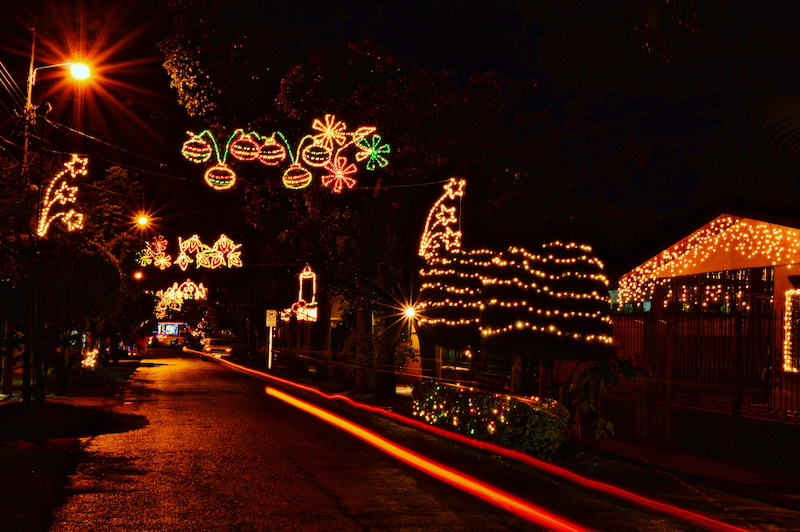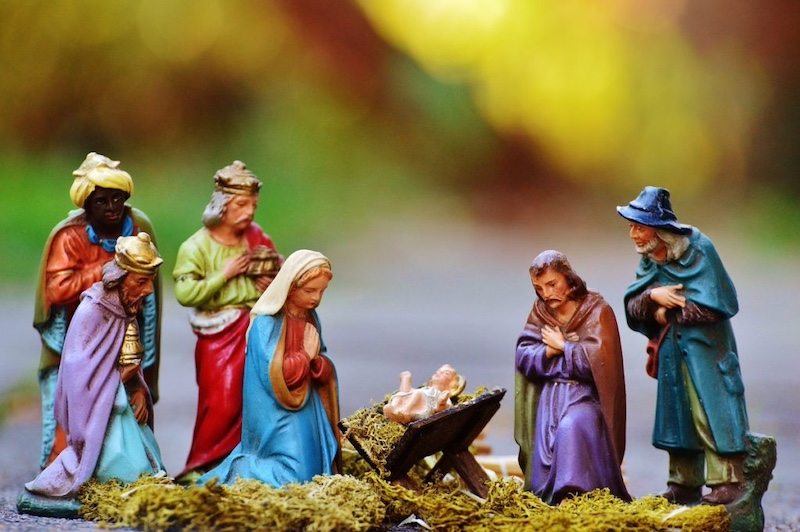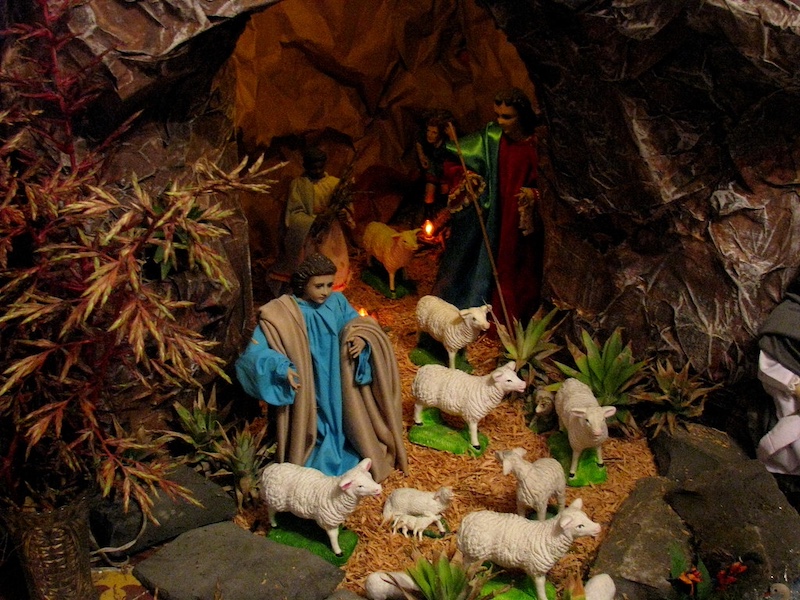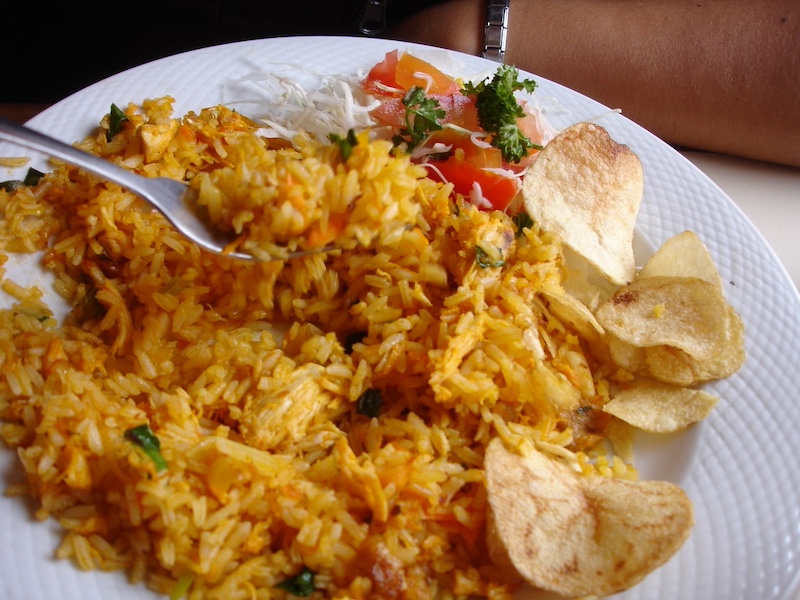Costa Rica Christmas Traditions: Celebrate the Tico Style

Costa Rica is not only famous for its picturesque rainforests and pristine beaches, but also for its rich and unique holiday culture. The Christmas traditions in Costa Rica are a beautiful blend of Spanish colonialism, Catholicism, and indigenous influences. Ticos (Costa Ricans) celebrate the holiday season with great enthusiasm, sharing joy and creating cherished memories with their loved ones.
From colorful parades to traditional cuisines, several customs make celebrating Christmas in Costa Rica an unforgettable experience. In this article, we will explore the various aspects of the Tico holiday season, and delve into the history and significance of these beautiful traditions.
Facts
Costa Rican Christmas traditions blend influences from Spanish colonialism, Catholicism, and indigenous cultures. Ticos celebrate the holiday season with festive parades, traditional foods, lively music, and dance, which bring communities together and create cherished memories with loved ones.

History
Christmas has been celebrated in Costa Rica for centuries and is steeped in tradition that reflects the country’s history and culture. The holiday season officially starts on December 1st and lasts until January 6th, which is also known as Epiphany or Three Kings’ Day.
The influence of Catholicism and Spanish colonialism is evident in the customs and rituals that have been passed down through generations. For instance, «El Portal,» the nativity scene, is a popular decoration. Many families make their own versions of the nativity scene to display in their homes, churches, and public spaces. The nativity scene represents the birth of Jesus.
Another important tradition in Costa Rica is «Misa de Gallo,» or Midnight Mass. It is held on Christmas Eve and is attended by many Ticos. After the mass, families get together to share food and exchange gifts.
«Posadas» is another unique tradition in Costa Rica. It involves reenacting Mary and Joseph’s search for a place to stay before Jesus’ birth. These processions occur nationwide, with participants carrying candles and singing Christmas carols.
Some Ticos have started to incorporate more modern traditions such as Christmas trees and gift exchanges, but the traditional customs and rituals remain an essential part of the holiday season in Costa Rica.
Christmas in Costa Rica reflects the country’s rich cultural heritage and the enduring influence of religion and tradition. These customs and traditions have been passed down through generations and continue to bring joy and meaning to the Tico holiday season.
Festive Decorations and Symbols

Christmas decorations are an essential part of the holiday season in Costa Rica. They create a joyful and festive atmosphere that everyone enjoys. One of the most popular decorations is the nativity scene, also known as a «portal» in Spanish. These scenes typically include figures of Mary, Joseph, and baby Jesus, as well as the three wise men and various farm animals. Some families even create their nativity scenes using moss, stones, and other natural materials. These scenes are usually placed under the family Christmas tree or on a unique table and remain there until January 6th, which is known as Dia de los Reyes (Three Kings’ Day).
Another popular decoration during the holiday season is Christmas lights. They are strung up in cities and towns throughout the country, and Costa Ricans enjoy decorating their homes with colorful lights and other festive ornaments.
Traditional Christmas Foods.

Food is an essential part of the holiday season in Costa Rica, and Costa Ricans eagerly anticipate traditional Christmas dishes. One such dish is “arroz con pollo,” a flavorful chicken and rice dish often served with vegetables and plantains. Another popular dish is “tamales,” a savory mixture of meat and cornmeal dough wrapped in banana leaves and steamed. Tamales are a staple of the Christmas season and are often made in large quantities to share with family and friends.
Roast pork is another traditional dish that is enjoyed during the holiday season. The pork is seasoned with a blend of spices and slow-roasted until tender and juicy. “Rompope,” a traditional eggnog made with eggs, sugar, cinnamon, and rum, is a popular holiday drink often served alongside these festive meals. Additionally, chicharrones and BBQ Tico Style (Carne Asada) may offer unique dishes for these holidays.
It is also customary to exchange “cajetas,” a type of candy made with sweetened condensed milk and nuts, as gifts during the Christmas season. These sweet treats are often shaped into festive holiday shapes like stars, trees, and reindeer.
Celebrating Christmas in Costa Rica is a unique and joyful experience filled with cultural traditions passed down for generations. From the traditional holiday activities such as making tamales and attending midnight Mass to the festive decorations and symbols and the delicious traditional foods, the Costa Rican holiday season is a time of togetherness, celebration, and cultural pride.
Music and dance also play a significant role in the Costa Rican Christmas celebrations, adding to the energy and excitement of this particular time of year. Whether enjoying the lively rhythms of cumbia and salsa or participating in traditional dances during Christmas festivities, the season’s spirit is truly felt through music and dance.
Overall, celebrating Christmas in Costa Rica allows visitors and locals alike to experience this vibrant country’s unique culture and traditions. The warmth and welcoming nature of the Costa Rican people make the holiday season even more unique, creating a memorable experience that will be cherished for years to come.
